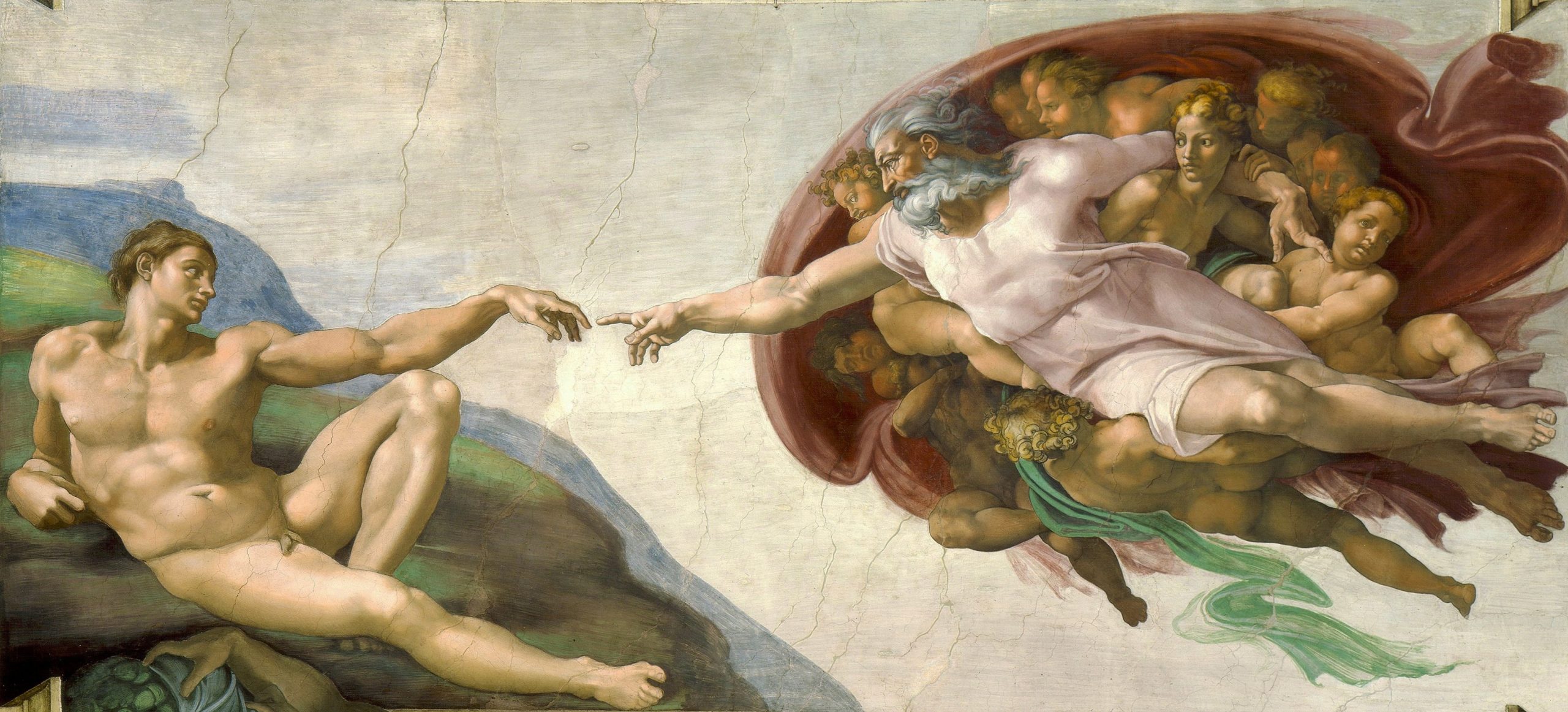The Pope and the Catholic Church: Possibility for Change?

What does it mean to be Pope? There are both very short and perplexingly complex answers to this question. The Pope, also known as the Supreme Pontiff or the Roman Pontiff, is the leader of the Catholic Church, bishop of Rome, and head of state of the Holy See. This means that he is the representative of an estimated 1.1 billion Catholics all over the world, or roughly 15% of the world population. It is then also clear to see how important the position of the Pope in the world is. He is the leader of a de-facto state with diplomatic relations with over 180 countries which takes part in international organisations such as the United Nations, the Organisation for Security and Co-operation in Europe and the European Union. With the Church active all over the world, undertaking projects such as building elderly housing, schools and hospitals, as well as providing education for an estimated 12 million children, the Pope is also the head of the biggest and oldest NGO in the world.
As a leader changes, so does an organisation. Presidents, prime ministers and other heads of state implement vastly different policies than their predecessors and change the course of a country or organisation. When a new Pope is selected by the College of Cardinals during a secret Conclave, an opportunity arises. Does a different Pope lead to a different Church?
An opportunity arose in 2013 when Jorge Mario Bergoglio became Pope Francis, succeeding Pope Benedict XVI after his shocking resignation, being the first Pope since Gregory XII in 1415 to do so. In Two Popes, a critically-acclaimed film released in 2019, Bergoglio and Ratzinger (Benedict XVI’s birth name) are portrayed as differing greatly in their motivations, aspirations, and characters. Though the film got a lot of the differences right, the popular belief that Pope Francis is causing sea changes with regards to a lot of social and ethical issues may not be entirely accurate. Yes, the character, background and upbringing differ immensely from one Pope to the other. What they believe the Church should be and do varies between papacies. However, it is to be questioned if actual policies and actions of the Church change along with the Pope as much as people think.
Factual or not, Two Popes captures the difference in attitude towards a changing Church. When discussing the topic, Benedict argues that “Change is compromise”, while Francis believes “Nothing is static in nature or the universe, not even God”. Before becoming Pope, Benedict served in the Roman Curia, the bureaucratic organ of the Holy See, for decades. During his career there, and as an academic, Benedict developed very conservative views on the Catholic doctrine and traditional practice of religion. His image was always that of a strict conservative that failed to address many of the Church’s contemporary problems.. On the contrary, Francis is a Pope of many firsts. The first Pope to be from the Global South, the first one from Latin America, and the first ever Jesuit. Next to that, his image is that of a progressive Pope, changing with the challenges of our time. The important thing to question is whether the change is merely one in image and perception, or if it will yield actual policy changes.
When looking at important themes in this day and age, we see that the “conservative Pope” and “progressive Pope” do not differ that much. For example, both popes denounce abortion. Benedict states that “in attacking human life in its very first stages, it is also an aggression against society itself”. Francis speaks out against abortion by saying it is always unacceptable, bearing resemblance to hiring a hitman to solve your problems. On the other hand, the Popes’ assessments of the LGBTQ community diverge. Francis says he is not the one to judge someone if they are “gay and … searching for the Lord and has good will”. On the other hand, Benedict speaks out strictly against homosexuality and other sexual orientations. Comparisons between the two papacies are complicated by yet another factor. Pope Francis’ encyclical on the environment and climate change has been perceived as progressive and critical to our time and generation’s concerns. However, this is not that different from Benedict’s encyclical on the global economy after the financial crisis of 2008. Popes simply have to address important issues at play in the world to represent the Church’s views and interests.
Why are these obvious differences in character and image not leading to different actions by the Church? Since the institutionalisation of the papacy in the 1st century, it has been one of the most consistent and static institutions in the world. With this nature, a degree of immovability follows. Throughout periods in history, Popes have directed most of their attention to different challenges. From spreading Christianity to the world and the Crusades to being involved in disputes about the supremacy of the Church vis-a-vis the State and re-discovering the position of the Church in a world of secular states. Currently, the most important themes are improving relations, both towards other religions and within Christendom itself, as well as human rights in a broad sense of the word. These periods span several centuries, in which each Pope spent most of their attention on those themes. What influence does a single Pope then have on policy and actions, when the things they have to focus on are already set in stone? Their first restriction is one faced by leaders in all organisations: the bureaucracy. The Vatican civil service, the Roman Curia, concerns itself with a wide range of tasks: from safeguarding doctrine and canonizing saints, to keeping extensive documentation. The bureaucracy slows down decision-making a great deal, and certainty is hard to find when trying to figure out which part of the Curia is involved in what decision. Furthermore, it is important to note that officials of the Curia often serve the bureaucracy for periods longer than any one papacy. This allows it to safeguard the consistency of the Church between Popes. Religious or not, many leaders experience difficulty in resisting the “dictatorship of the official”.
Clearly, the centuries of focus on purely religious matters and spreading Christianity have passed. The Catholic Church is changing incrementally, addressing issues relevant to the 21st century. It is important, in the light of these slow but certain changes, it is important to question the influence of the Pope in these matters. Is difference truly possible from one to the other, and can one Pope actually influence the actions or the position of the Church at large? With the relevance of Catholicism declining by the day, as irreligion grows across the world, ‘worldly’ topics are more and more important for the Church, and these will be addressed in line with the Church’s interests. Though the aspirations, internal motivations or perception of Popes can be very different, we should be cautious in assuming that they can change the Church, and instead we should ask ourselves: must the Pope or the people change, in order for the Church to follow?
To discover more about the challenges and opportunities that present themselves when considering the development of themes in IR over time, and the changes and constants within the global realm, be sure to pick up ‘Continuity & Change.’, the latest edition of Checks & Balances at the Clio attic. Alternatively, you can contact us via Facebook or email for more information, or to receive a PDF version of the print edition.
Featured Image
Michelangelo artist QS:P170,Q5592 (https://commons.wikimedia.org/wiki/File:Michelangelo_-_Creation_of_Adam_(cropped).jpg), „Michelangelo – Creation of Adam (cropped)“, marked as public domain, more details on Wikimedia Commons: https://commons.wikimedia.org/wiki/Template:PD-old



